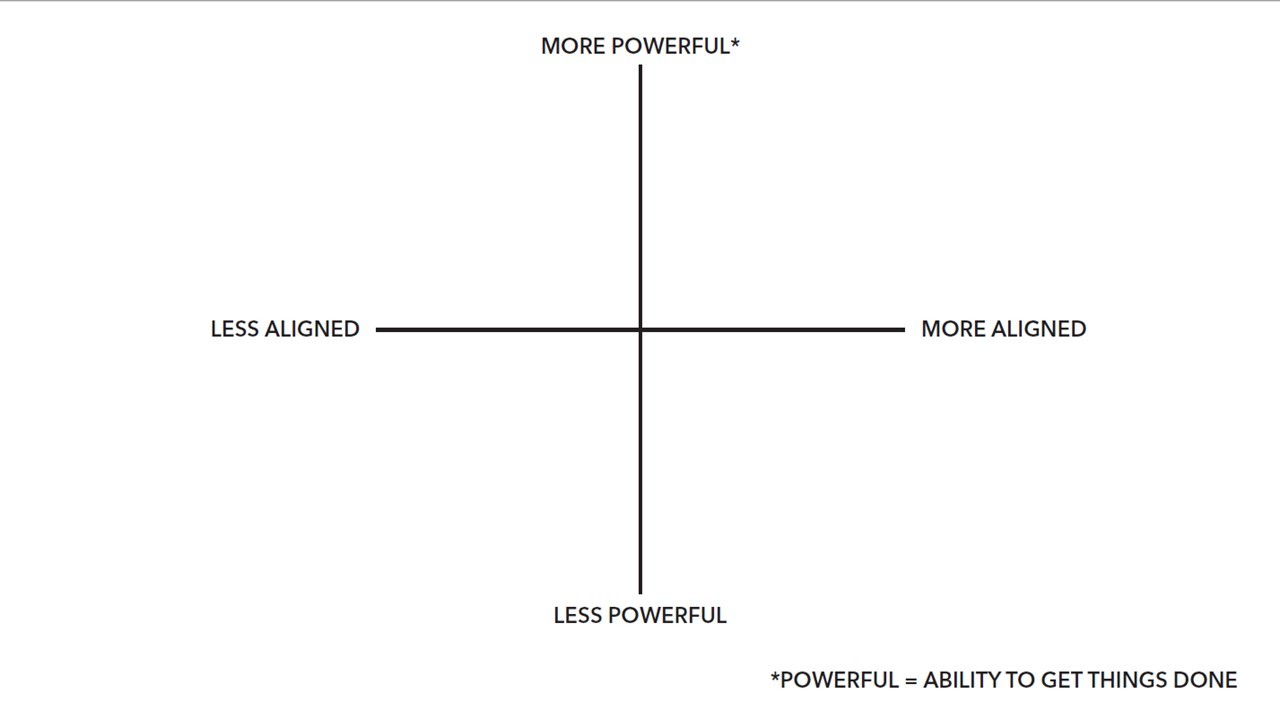Relationship Mapping Guidance
What is relationship mapping?
“Relationship mapping” is a visual exercise that helps your group to identify relationships you can build to in your community and influential groups within it. This will help you to prioritise the groups around you who could be a part of your local campaigns and who will best help you bring as many people as possible from your area with you to large mobilisations.
Alignments Mapping Grid (to download - select the image below, right click on it, Save image as)
How to do Relationships Mapping
-
Before you get started, have a look at this completed example to get an idea of what the finished product will look like. The rebels who created this map “enjoyed the exercise and found it useful to structure our thinking about what other groups do and how we relate to them.”
-
Decide your hopes for what to get out of building these relationships (reasons to reach out) visible as you’re doing this exercise.
-
Collect on post-its all the various groups your group can think of, one name per post-it. A good place to start is thinking about which groups each of you is a member/supporter of already. This is better in person with a big board, but you can do it online with tools such as Miro or using this Google Docs template.
-
Sort the post-its on two axes of "aligned with our XR aims" and “nationally/locally focused". It is important to make sure people are clear what we mean by these axes. The "aligned with XR's aims" axis is about how aligned the group is with XR’s aims, not just our tactics of NVDA. The "nationally/locally focused" axis is about the whole of the group's The group's work is locally/nationally focused, not just where they're based.
Remember that you are positioning the post-its relative to the others, as there isn't an objective absolute scale of "aligned to our aims" so it's a question of "where does this group fit relative to the others?” -
Go through each post-it placing it on your map. Try to avoid a discussion about each, that will come later. This should be a fairly “rapid fire” exercise.
-
Once this is done, you have a useful map of groups where you can prioritise. The XRUK Relationships team is already handling the national organisations, so you can rest assured you don’t need to contact those on the right hand side of your map. But do support them by following their social media or attending their events where possible.
For further info see Power Mapping Guide.

